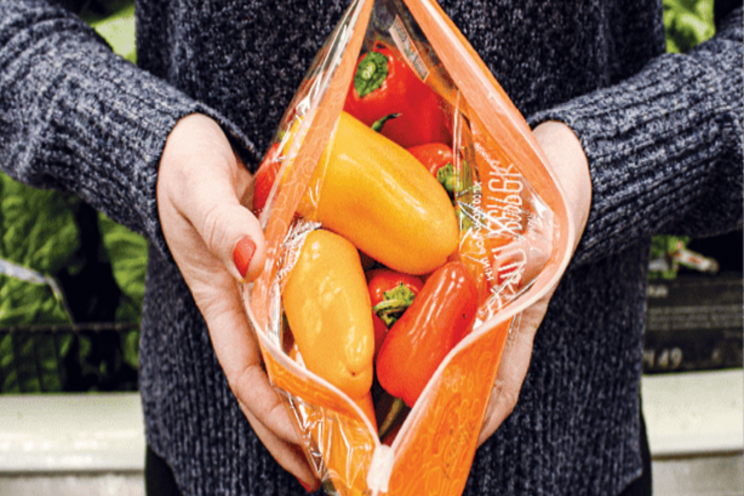Big picture packaging
Added on 09 March 2020

Fresh produce packaging has come a long way since the days when wooden crates met the industry's needs. Options that worked when a retailer's biggest concern was controlling heads of iceberg lettuce fall short in the face of modern consumer expectations and needs.
Andy Laible, marketing manager for South Carolina-based packaging supplier Sonoco Products Company, cites sustainability as the most significant driver in fresh produce packaging today. But while consumers often grab onto one aspect of sustainability, such as recyclable materials, Laible stresses a bigger picture.
That means considering shelf life, food waste and resources that go into all the sustainability-affecting steps of the chain. "It's important to keep the entire packaging life cycle in mind," Laible says. "It's not just how it performs at the end of its life, but what goes into the making of the package. What's the total impact? … Sometimes that gets lost in the buzzwords and the hype around it."
Growing awareness of big-picture sustainability, along with convenience and improved technology, sets a high bar for how your produce appears on retail shelves. Understanding the interwoven trends behind packaging advances can help you meet consumer expectations and keep your product fresh and inviting on the shelf.
Recycled and recyclable
With nearly four decades of industry experience, Craig Waite has seen demand for recycled content and recyclable materials in fresh produce packaging climb. As president of California-based packaging supplier Growers Container Company, Waite also notes a growing consumer awareness of the recycling practices of companies involved in produce packaging and production.
As one example, Waite points to waxed corrugated boxing's fall from favor as non-wax-coated materials with improved recyclability take their place. Similarly, some producers have moved to returnable plastic containers alongside recycled plastic content. "It's all part of reducing the amount of packaging going into landfills, so it's more cradle-to-cradle than cradle-to-grave," he says. "Retailers are looking to advertise improved recyclability, be more green and do more to show [sustainable practices]."
"More brands want something unique & eye-catching that also has that sustainable look and feel to it."
As vice president of Ohio-based Produce Packaging, Katie Schwab finds wholesale customers want more packaging with specific percentages of post-consumer recycled materials. That, in turn, gets promoted on labels and in stores. But Schwab underscores the big-picture view of uncompromised shelf life and 100% recyclability — including labels.
When labels on your packaging aren't recyclable or can't be fully removed, sustainability efforts become moot. "People look at something and say, 'This is recyclable,' but if you haven't done A, B and C before you throw it into the recycle bin, it's really not recyclable," she says.

Photo courtesy of Sonoco
Reducing waste
Produce packaging professionals understand that balancing sustainable materials with shelf life is key to successful consumer experiences, but consumers may miss the big-picture link.
Laible points to plastic-wrapped cucumbers, often cited as examples of irresponsible plastic use. "The statistics say that you get three to four days of shelf life out of the cucumber in its natural state, but you get 14 to 15 days when it's wrapped in plastic overwrap," he says.
Source: Produce Grower
Photo Credit: Tiana Kropko
Source: Produce Grower
More news















